All Eyes on Marine Plastic From Orbit
Planet Pulse
OCTOBER 27, 2020
One of the most topical problems in marine pollution is microplastic debris, with an estimated 93 to 236 thousand metric tons of microplastic in our oceans as of 2014. Over the course of 2016 to 2018, the total area of plastic debris detected skyrocketed from 0.23 km2 to 0.77km2.


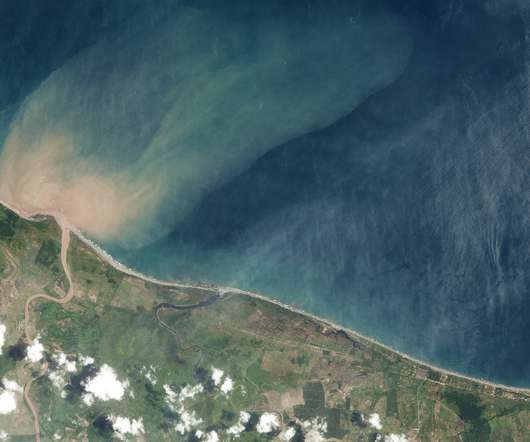



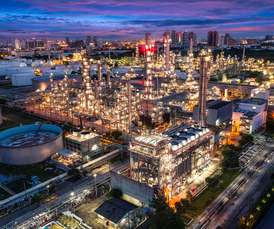

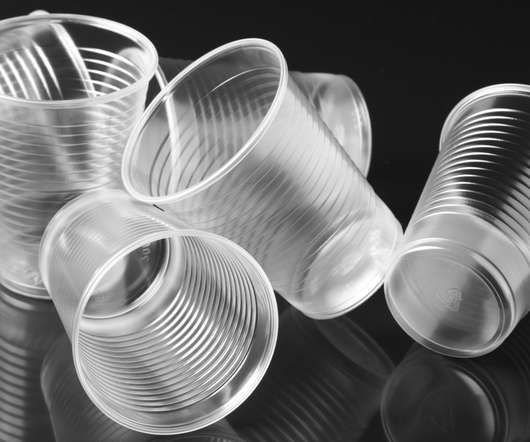
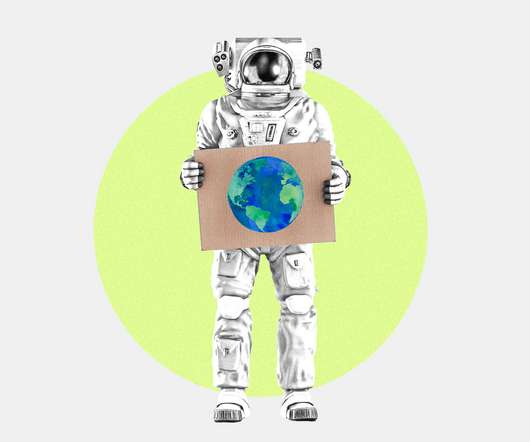
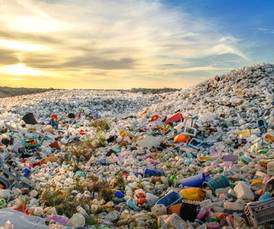

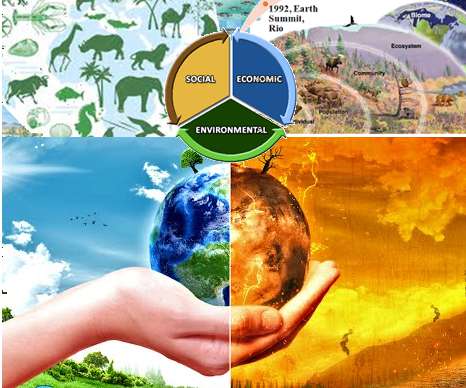








Let's personalize your content